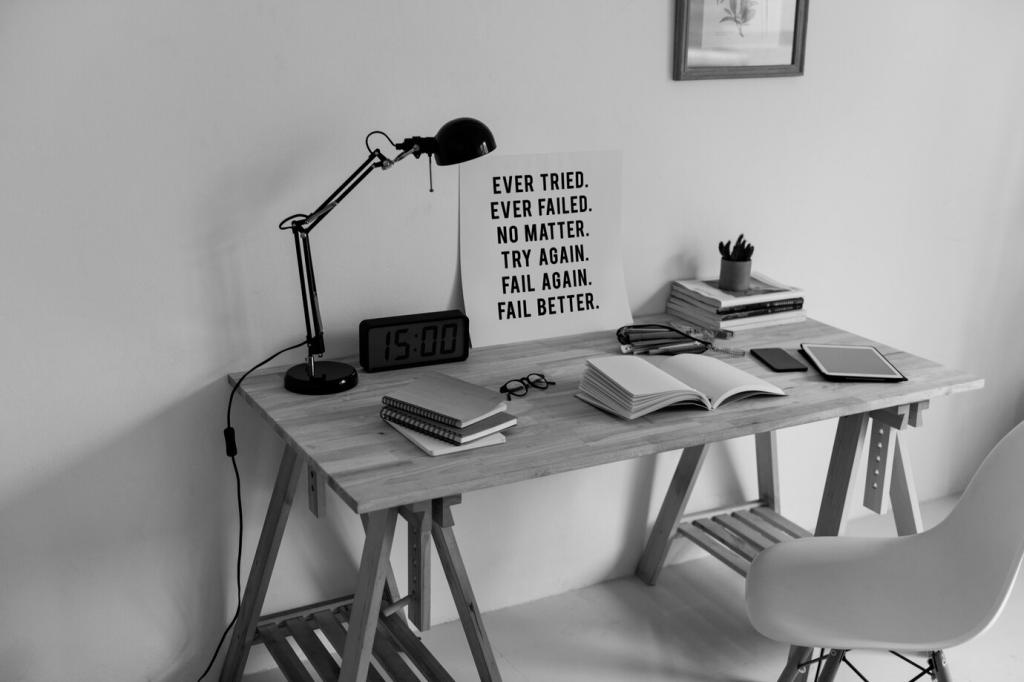Measure, Learn, and Keep Improving
Use simple apps and periodic measurements to understand typical levels across the day. Map hotspots on a floor plan. Pair numbers with short surveys so data reflects lived experience, not just decibels. Share your maps with us for feedback.
Measure, Learn, and Keep Improving
Gather small groups in different zones and ask them to describe what they hear and feel. Stories reveal patterns that meters miss. Capture quotes, prioritize themes, and invite readers here to comment with their own open office realities.







